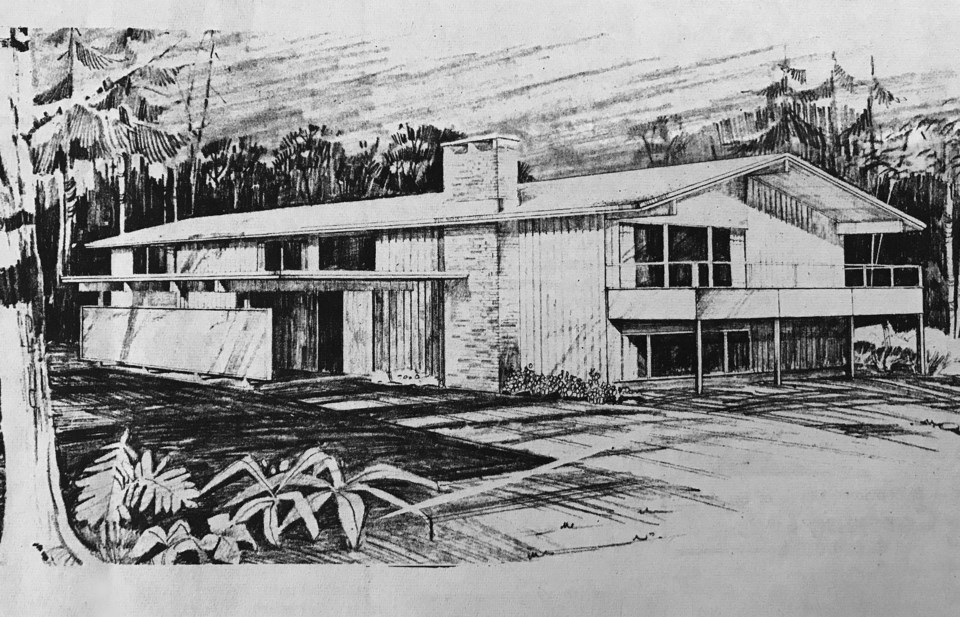Let’s head back to the 1966 pages of the Optimist when an article highlighted the tremendous growth the city experienced the year prior.
Following the opening of the George Massey in 1959, the city saw its population skyrocket and new housing starts increase every year, with 1965 just one example.
The value of building permits issued that year was over $2 million more than the previous year, according to a report to city council.
The number of new dwellings constructed during the 12-month period was 379, up from the 321 constructed in 1964.
Of these, 270 were in Tsawwassen, 74 in North Delta, 26 in Ladner and nine on farmlands.
Permits were issued for 58 apartment and motel units that year as well.
By December 1965, there were 43 permits already issued for 1966.
The population surge would continue and all those new residents required housing. Between 1969 and 1972, for example, Delta's overall population jumped from 32,635 to 52,693, an increase of almost 62 per cent.
The rapid population hike was also a challenge for the Delta School District. Between 1964 and 1971, enrollment had climbed from just over 4,500 to almost 13,000 students.
In 1971, school board chairman Fred Gingell said Delta's rapid growth had become a "big problem" for the school district, noting enrollment could jump by as many as 2,100 students from one September to the next.
Pointing to the rapid population climb, secretary treasurer Miles Adam, in 1972, warned municipal planners forecast a population of 157,000 for Delta by 1989, with an elementary and secondary enrollment of about 44,000.
That projection proved a bit lofty, however, as the city's population, according to the most recent Census, is now around 113,000 residents.
According to a 2024 Metro Vancouver report, Delta’s population projection in a "medium growth" scenario has the population increasing to 127,850 by 2030, 141,780 by 2040, and 154,550 by 2050.
In the "high growth" scenario, Delta’s population would increase to 128,350 by 2030, to 144,220 by 2040, and to 160,750 by 2050.



